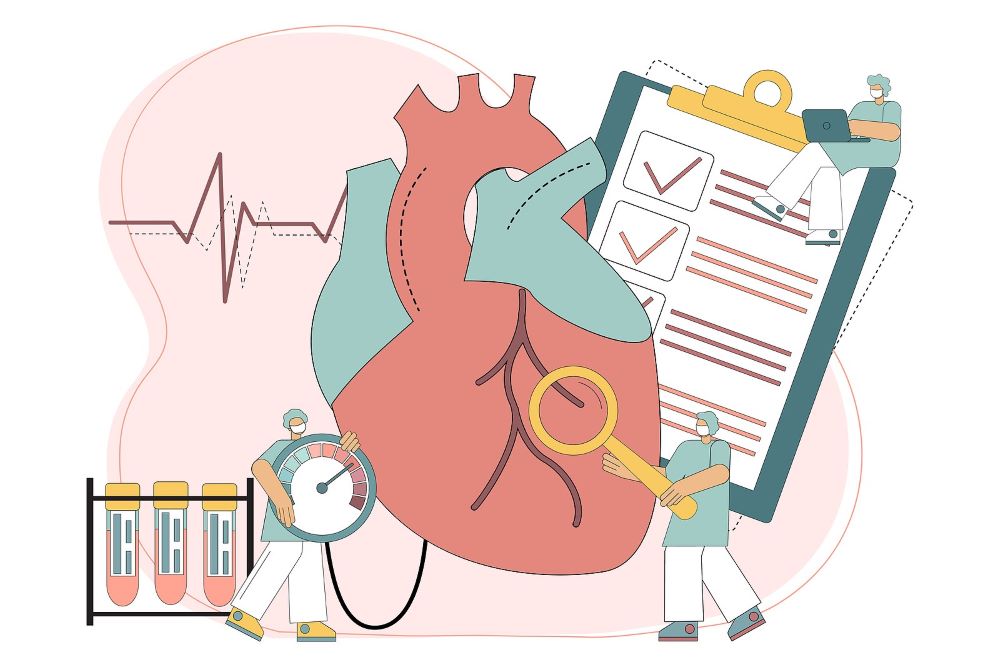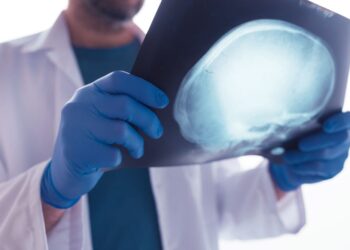“Another study of patients who went to the emergency department from the scene of a collision, who had clear-cut signs of a concussion, 56 percent of those cases failed to diagnose the concussion.”
Failure to diagnose is the number one reason for malpractice lawsuits. For a personal injury case, this failure creates another twofold problem where the patient is not properly treated nor are they justly compensated for their injuries.
Sean Mahan, MD who reads our personal injury radiology studies for SimonMed Imaging shared a study with me, that found on 30 percent of radiology reads, the radiologist failed to diagnose a problem. He decided to look into this further and started reviewing studies from other radiologists, and concluded the study was far from correct. He found that 84 percent of the films were misread.
Another study of patients who went to the emergency department from the scene of a collision, who had clear-cut signs of a concussion, 56 percent of those cases failed to diagnose the concussion. I can continue with a list of diagnoses that I now teach doctors to look for along with an understanding of how those injuries would occur in a motor vehicle collision.
When more than one-third of personal injury cases are hampered by a failure to diagnose, this is a problem. When studies also show that 56 percent are not diagnosed or treated for their concussions, or that as many as 84 percent of all radio-graphic findings fall short, this goes well beyond a simple problem and toward a systemic failure.
When I created the American Academy of Motor Vehicle Injuries, it was after studying with everyone I could find with knowledge on the subject of personal injury. What I discovered was that most were teaching what they learned from Arthur Croft , DC who wrote the original book on whiplash 30 years ago. After studying with Croft , who does an incredible job of teaching the mechanism of injury, I realize that he too was working on the assumption that we had learned how to diagnose while we were in school.
The Certificate in Motor Vehicle Injuries program aims to teach doctors how to diagnose, document, and manage a personal injury case. The challenge with any new program is credibility. While I knew, and those who have completed the 150-hour program will agree, that this is a necessary area of education, it was not until Texas Chiropractic College agreed to sponsor our seminars that our credibility took a quantum leap.
When I spoke with Dr. Paul Jaskoviak, DC the head of the continuing education department at Texas, he asked, “What is so special about your program?” I told him our goal was to “Teach doctors how to diagnose, docu … ” Before I could get out document, he interrupted me let me know, “We have an excellent diagnosis program here at Texas Chiropractic College.”
My response was, “So did I when I went to school. They taught me how to diagnose diabetes, heart disease, cancer, and anything else that needed to be referred to a specialist right away. They did not teach me how to diagnose trauma.”
Our doctors understand the mechanism of injury and as such have the basis to know where and when to look for the diagnoses that most other doctors fail to find. Coming up with a label for an injury in and of itself, is totally insufficient. We need doctors who know what test to perform to document those injuries, and with that knowledge, what treatment is appropriate.
From a medical legal standpoint the other advantage that our doctors provide to attorneys is the ability to document and rate a permanent impairment using the AMA guides sixth edition. If a demand letter is submitted without this permanent impairment rating, the author is effectively telling the insurance company that all the injuries have resolved. When that is the case you can expect a low-ball settlement offer.
When working with one of our doctors who know how to find and document all of the injuries, and at the point of maximum medical improvement can provide you with proof that there are permanent injuries, you can expect higher settlements and less cases going to court. Dr. Bill Gallagher, DC, CMVI










